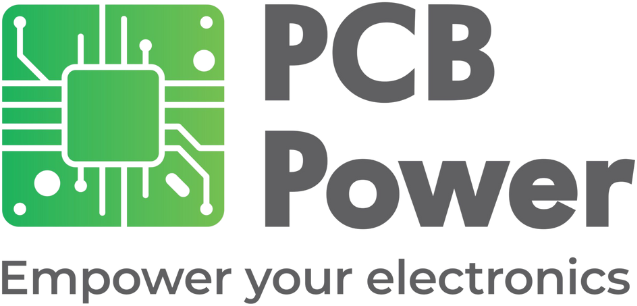
Heat Sink PCBs for Compact & Efficient Electronics
Wednesday, 27 March 2024
PCB Power
Continuous operation of circuits in devices generates heat, posing risks such as overheating and potential damage. Proper heat dissipation and ventilation are crucial, extending to printed circuit boards. Thermal management, integral to PCB manufacturing and assembly, ensures that electronic components stay within safe temperature ranges. Understanding thermal management is paramount for designers, optimizing product performance and minimizing failure risks.
At PCB Power, we offer various techniques, including heat sink PCBs, particularly for high-heat applications.
Understanding Heat Sink PCBs
The dependability and lifespan of modern electronics depend on effective temperature control. Components are especially vulnerable to the effects of heat, which can reduce their lifespan or even cause the system to collapse entirely. For PCB board fabrication and PCB design and to keep operating temperatures ideal, heat dissipation efficiency must be a top priority.
Crucial Elements and Their Functions
The efficiency of a printed circuit board (PCB) heat sink depends on many critical factors:
Metal Core:
The metal core is the structural element of the heat sink and offers a substantial amount of surface area for heat dissipation.
Thermal Vias:
Heat can transfer directly from the components to the metal core through these microscopic pores filled with a substance that conducts heat.
Copper Layers:
These conductive layers serve to disperse heat and direct electrical signals.
Types of Heat Sink PCBs
Passive and active heat sink PCBs are the two most common types.
Passive Heat Sink PCBs:
To disperse heat, passive heat sink PCBs depend on natural convection and conduction.
Aluminum-based heat sinks:
Heat sinks made of aluminum provide an affordable way to dissipate mild heat.
Copper-based heat sinks:
Copper heat sinks have higher thermal conductivity and are thus better suited to uses that call for forceful cooling.
Active Heat Sink PCBs:
Use extra components for forced cooling in active heat sink printed circuit boards.
Thermoelectric coolers (TECs):
To actively remove heat from components, thermoelectric coolers (TECs) use the Peltier effect to generate a temperature differential.
Liquid cooling solutions: For optimal performance, choose liquid cooling systems that incorporate microchannels for coolant circulation.
Why Are Heat Sink PCBs So Popular?
The rising popularity of heat sink printed circuit boards is due to many factors:
Compact design:
Traditional heat sinks are becoming unworkable due to the trend toward miniaturization. Incorporating heat sinks in PCB board fabrication is a great way to save room.
Higher Power Densities:
Modern electronics produce more heat than older models, necessitating more effective cooling mechanisms than conventional air convection. This is due to higher power densities.
Performance Demands:
For high-powered equipment to consistently and reliably work, it is vital to maintain ideal operating temperatures.
Heat sink PCB design is going to be important for dependable and long-lasting performance since electronics are getting smaller and hotter all the time. In order to guarantee that electronic devices remain cool under strain, it is crucial to prioritize efficient thermal management throughout PCB design and manufacturing. This will allow for the creation of future technological wonders that are both powerful and small.
At PCB Power, we offer comprehensive solutions that enable your electronics to optimize their thermal performance, reduce size, and enhance efficiency. You can get in touch with our team to know more about our offerings.



